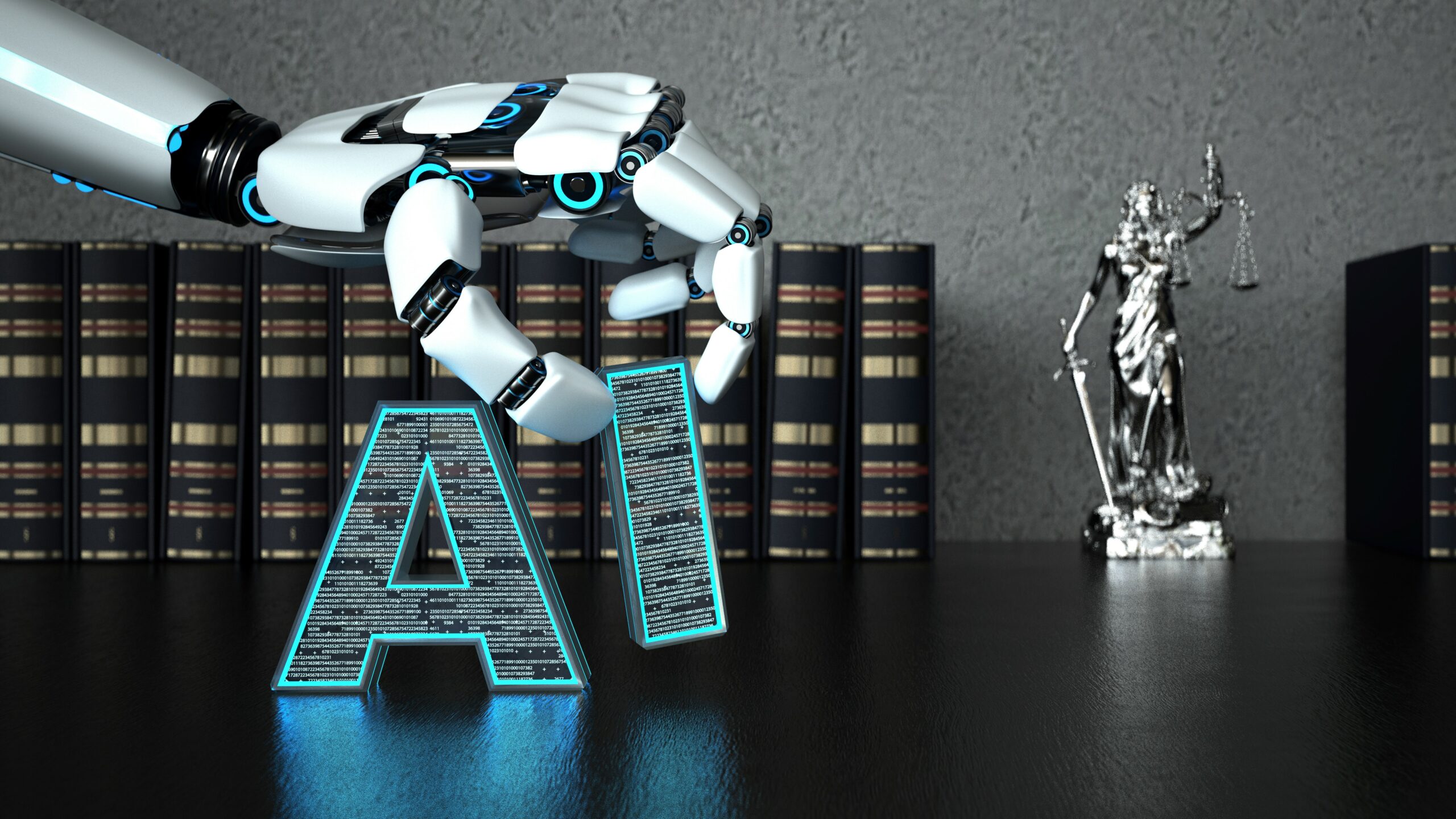 |
| "Embracing the future: Human hands and robotic counterparts collaborate seamlessly, demonstrating the potential of human-AI partnerships to drive innovation and productivity." |
Understanding human-AI collaboration
Human-AI collaboration refers to the seamless integration of human intelligence and AI-powered automation to achieve tasks and goals more efficiently and effectively. It's not about AI versus humans; Instead, it's about humans working alongside AI to leverage each other's strengths. This collaboration can take many forms, from augmenting human decision-making with AI insights to automating repetitive tasks, thus enabling humans to focus on more complex and creative endeavors.
Enhance decision-making ability
In various fields, AI has proven to be a valuable tool to enhance decision-making processes. Analysis of large datasets in areas such as medical diagnostics, financial forecasting and market trends is now achievable on an unprecedented scale. Humans can use the power of AI algorithms to process and analyze data, allowing for faster and more accurate decisions. For instance, in medical diagnostics, AI-powered imaging can help doctors identify diseases with high precision.
Encouraging creativity and innovation
Contrary to fears that AI can replace human creativity, it can actually enhance it. AI algorithms can wade through troves of data, generating insights that humans might not have discovered on their own. This is particularly relevant in industries such as marketing and design, where AI can analyze customer preferences to suggest innovative product ideas or marketing campaigns tailored to specific demographics. The collaboration between human creativity and the analytical capabilities of AI can lead to groundbreaking innovations.
Efficiency through automation
Repetitive and time-consuming tasks that were once part of the human workload can now be automated using AI. This not only saves time but also reduces the risk of errors inherent in manual labour. For instance, in manufacturing, AI-powered robots can handle complex assembly processes with unmatched precision. In customer service, chatbots powered by AI algorithms can provide instant responses to common queries, ensuring customer satisfaction around the clock.
Addressing ethical and social implications
The potential for human-AI collaboration is immense, it also raises important ethical and social issues. Privacy concerns, data security and job displacement are some of the challenges that need to be carefully addressed. As AI continues to advance, society must ensure that collaboration between humans and AI is guided by ethical principles. Additionally, governments and organizations should invest in re-skilling and up-skilling programs to equip the workforce with the skills needed to thrive in this AI-enhanced world.
The future of collaboration
The future of human-AI collaboration is promising. As AI technology becomes more sophisticated, collaboration will also become more seamless. We can expect AI systems that understand and respond to human emotions, making interactions more natural and intuitive. This will be particularly relevant in areas such as mental health support and customer service, where empathic communication is essential.
conclusion
Human-AI collaboration represents a significant shift in how we approach technology and integrate it into our lives. Instead of fearing the rise of AI, we should embrace it as a tool that can enhance human abilities and capabilities. The synergy between human ingenuity and the analytical power of AI is the key to solving complex problems and driving innovation across industries. As we move forward, it is important to strike a balance between the ethical, social and technical aspects of this collaboration, while ensuring that it benefits society as a whole. The future is not a battle of humans against AI, but a partnership that has the potential to reshape the world.







.png)




0 comments:
Post a Comment